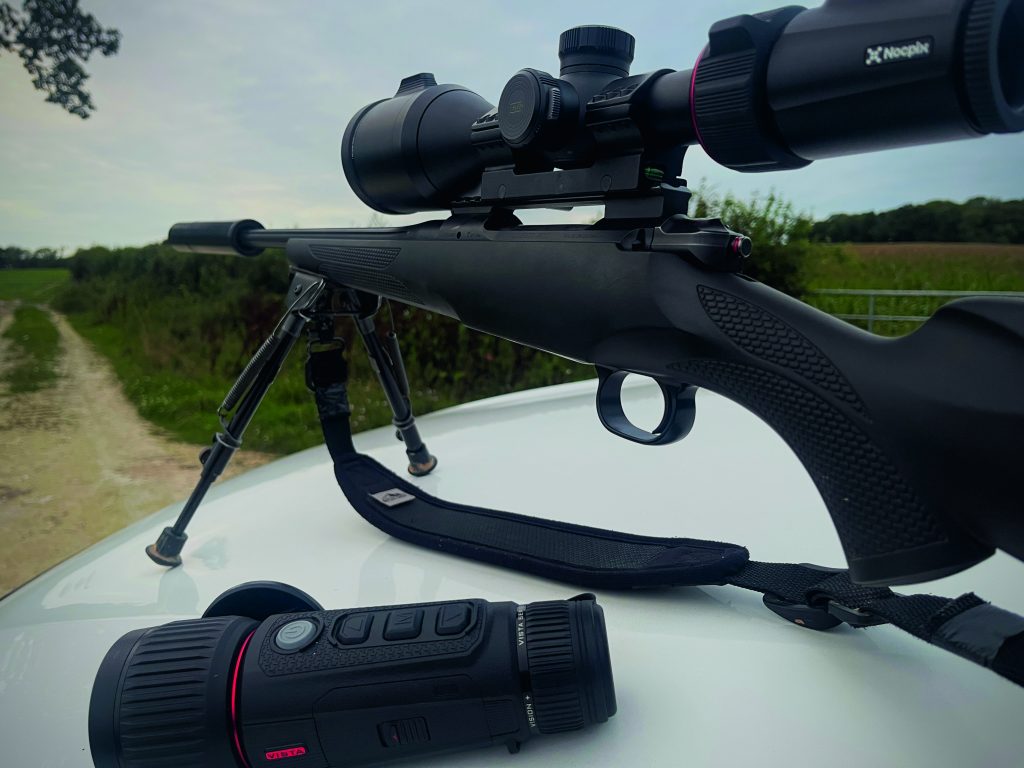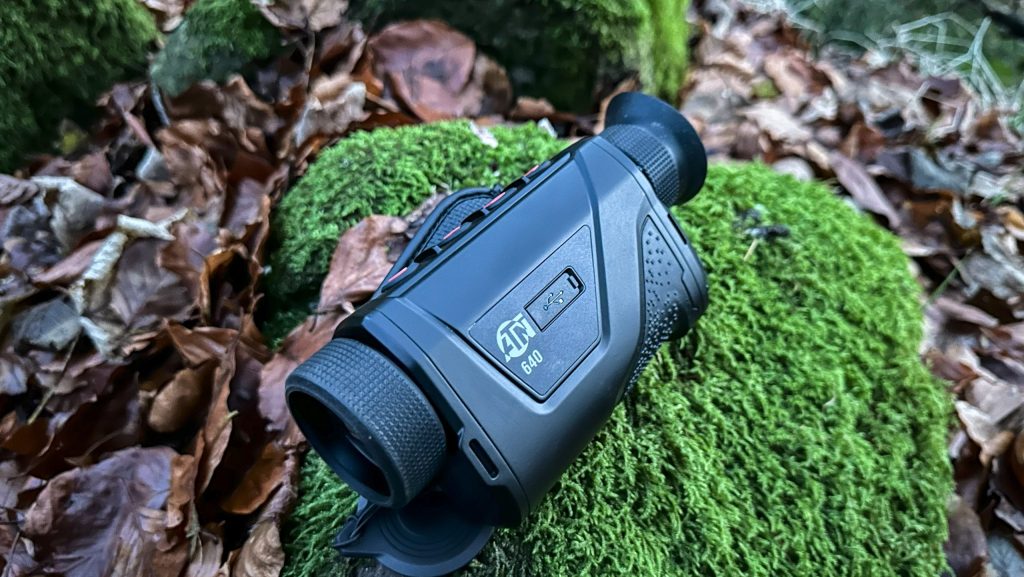Review: Wraith Thermal
Paul Austin gets the hots for the all-new Wraith, a thermal that does the job but won’t break the bank!
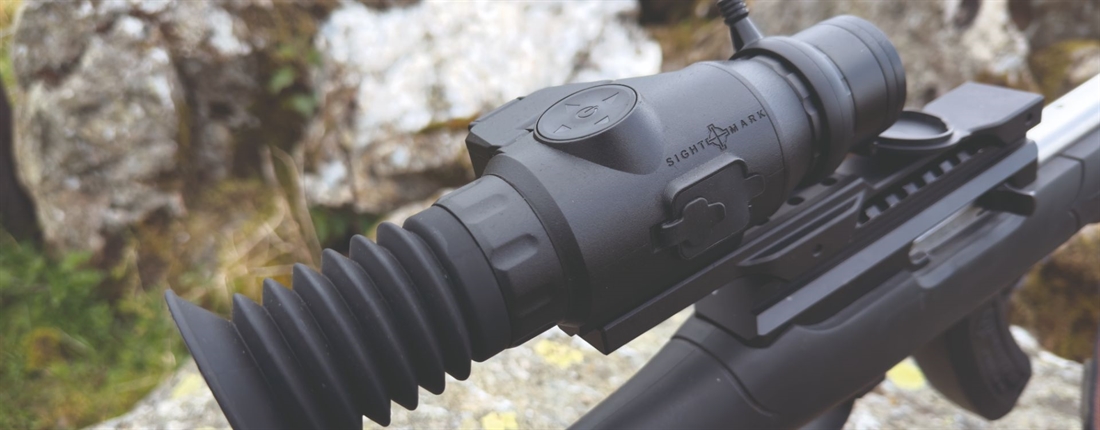
The Wraith family of scopes have been a consistent hit for Sightmark over recent years; the Wraith HD/4K having been particularly strong sellers, with the 4K Max and 4K mini also holding their own in the very competitive IR scope market.
This time Wraith is back once again but this time with a twist! Sightmark has finally taken their first step into the thermal market with the arrival of the all-new Wraith thermal. At first glance you’d be forgiven for mistaking their latest release for the Wraith Mini, as both share a very similar design but under the bonnet the tech is decidedly different.
Before delving into the tech let’s take a whistlestop tour of the scope itself and the navigational controls that will be very familiar to anyone who has used any of the Wraith family of scopes in the past.
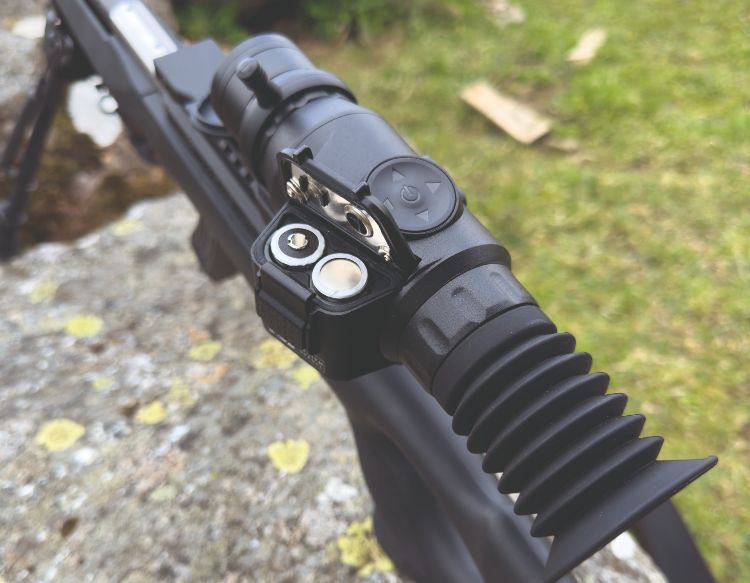
It’s a scope designed in Texas, as are all the Wraiths, and there’s a distinct AR-15 vibe to the design, with the scope shipping with a short AR-15 picatinny mount as standard, although Sighmark’s standard ‘Wraith extender mount’ fits perfectly, allowing the Wraith Thermal to reach back to suit a traditional sporter in the style of its predecessors.
First impressions, it’s very small and very light and would be a perfect thermal for any rimfire. A classic example being my custom 10/22 on which it sits in the accompanying pics. Obviously, it would also be a perfect fit for any AR-15 semi-auto rimmy.
Minus the pigs-ear eye shade, the scope is just over 6” or 15.3cm from stem to stern, so it’s a very compact device. And even though it sits atop the reach back mount it isn’t overly high above the bore, which means it won’t be too finnicky in terms of holdover – another major plus if you plan to deploy it on a .22LR with their rainbow ballistics.
It’s all very familiar in terms of physical adjustments with a generous diopter followed by the compass style selector up top, which we’ll look at in more detail later. On the right side a rubber cover protects the SD slot plus a USP-C file transfer port.
The left side is dominated by the battery port with its weather-sealed trap door that holds the two CR123A batteries that power the unit. CR123s aren’t everyone’s first choice when it comes to powering a scope but to be honest I’ve been very impressed in terms of power consumption. A couple of pairs of rechargeables will be plenty to run the unit for several trips.
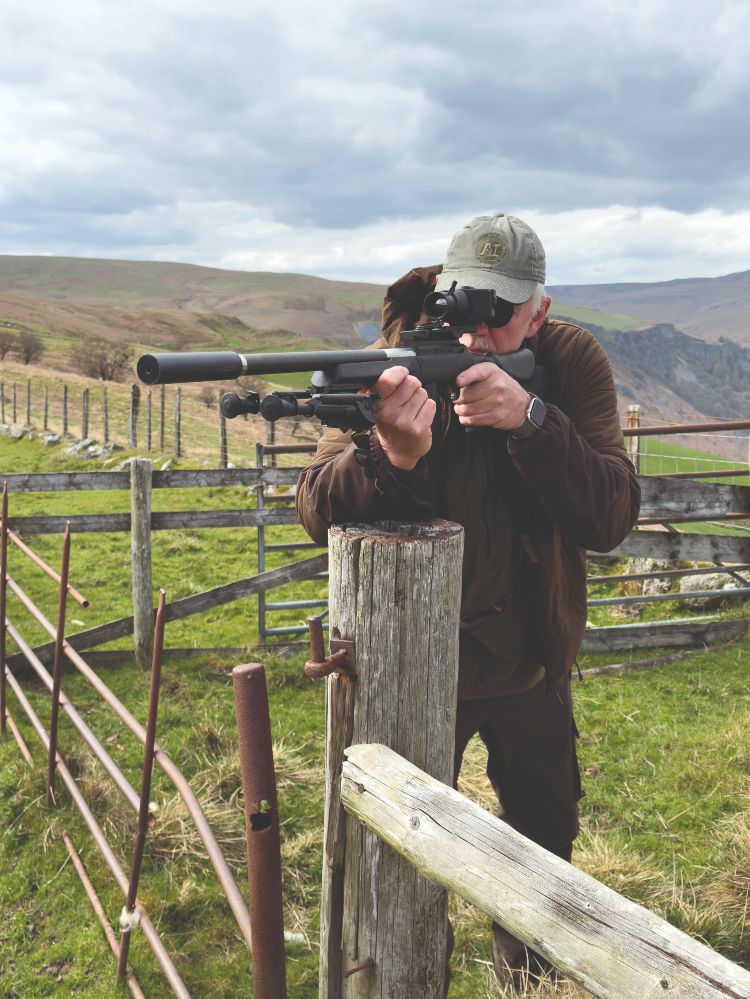
The final control surface is the main compass style selector up top with its central button. An array of short and long press combinations allows you to toggle or adjust key settings while still on the gun such as, thermal image colour, brightness, contrast and nuking the sensor etc. It also allows quick access to key features such as initiating video or pic recording and of cause managing the 2x-16x mag, which jump up or down in 2x increments.
THE ELECTRONICS
Hold down the central control button and any existing Wraith users will be completely at home with the now familiar PC style full screen drop-down stacked menu system, which allows you to get under the bonnet and make those fine adjustments such as reticle style selection and colour. It’s basically identical to its predecessors in the Wraith family and very intuitive to use, with only the odd tweak to cater for the idiosyncrasies of a thermal system.
Zeroing the scope is particularly quick and simple, thanks to the compass selector up top. Select a profile and take an initial shot, then simply move the zeroing crosshair over to the impact point with the top dial controller, while holding on your initial aimpoint obviously, and you’re done. There are no one-shot zero or freezeframe functions but frankly you don’t need them.
One of the great strengths of the Wraith system is the UI and navigation system; it’s all very intuitive and if you’re a bit of a technophobe it’s ideal. Easily one of the most straightforward systems on the market, whether running on a digital daytime/IR Wraith or this new thermal alternative.
FINAL THOUGHTS
One of the great joys of this job is that Christmas comes several times a month, sometimes several times a week, as the latest selection of shooting kit arrives at my door. It all has to go back but there’s a real joy in exploring the latest guns, gadgets and gizmos, if only for a few weeks or maybe months.
This was definitely the case with the Wraith Thermal. It arrived and like any self-respecting kid I had it out of the box and on charge immediately. Before even mounting it to a rifle I was outside scoping the land for critters and trying to get an initial indication of the overall image quality.
Much to the credit of the new Wraith, it was only after this initial foray that I actually inspected the box to discover, much to my surprise, that it was only a 384×288 sensor. The subject hadn’t come up in prior conversations with Scott Country and from the image quality alone I just assumed it was a 640 sensor. It ain’t.
Is there anything I’d like improved? Not a lot really; it does a great job, especially considering the sensor size. My only real gripe is that the crosshairs, like its predecessors, are a little bulky for my taste and in comparison to its more expensive competition. It’s perfect for rimfire range varmint hunting but perhaps a little chunky for smaller targets at centrefire distances.
In short, the new Wraith is a very impressive first step into the world of thermal for Sightmark. Image quality, especially given the sensor size, is very impressive and it’s something of a bargain when compared to many of its competitors. Admittedly, it doesn’t provide the fancier whistles and bells of many of its more expensive peers but if you can live without wifi connectivity, app support and remote control that doesn’t really matter. What it does, it does really well, and at a price that brings quality rimfire range thermal shooting within the reach of almost everyone.
Key features
- 384×288 thermal sensor
- <40mk NETD
- OLED display
- 5 colour palettes
- 9 reticle colours
- 10 reticle styles
- 5 weapon profiles
- Built-in pic/video recording with audio
Related Articles
Get the latest news delivered direct to your door
Subscribe to Rifle Shooter
Elevate your shooting experience with a subscription to Rifle Shooter magazine, the UK’s premier publication for dedicated rifle enthusiasts.
Whether you’re a seasoned shot or new to the sport, Rifle Shooter delivers expert insights, in-depth gear reviews and invaluable techniques to enhance your skills. Each bi-monthly issue brings you the latest in deer stalking, foxing, long-range shooting, and international hunting adventures, all crafted by leading experts from Britain and around the world.
By subscribing, you’ll not only save on the retail price but also gain exclusive access to £2 million Public Liability Insurance, covering recreational and professional use of shotguns, rifles, and airguns.
Don’t miss out on the opportunity to join a community of passionate shooters and stay at the forefront of rifle technology and technique.



